A new drug prevents weight gain and fatty liver by controlling magnesium in cells. It made mice stay slim despite lifelong exposure to an unhealthy diet.
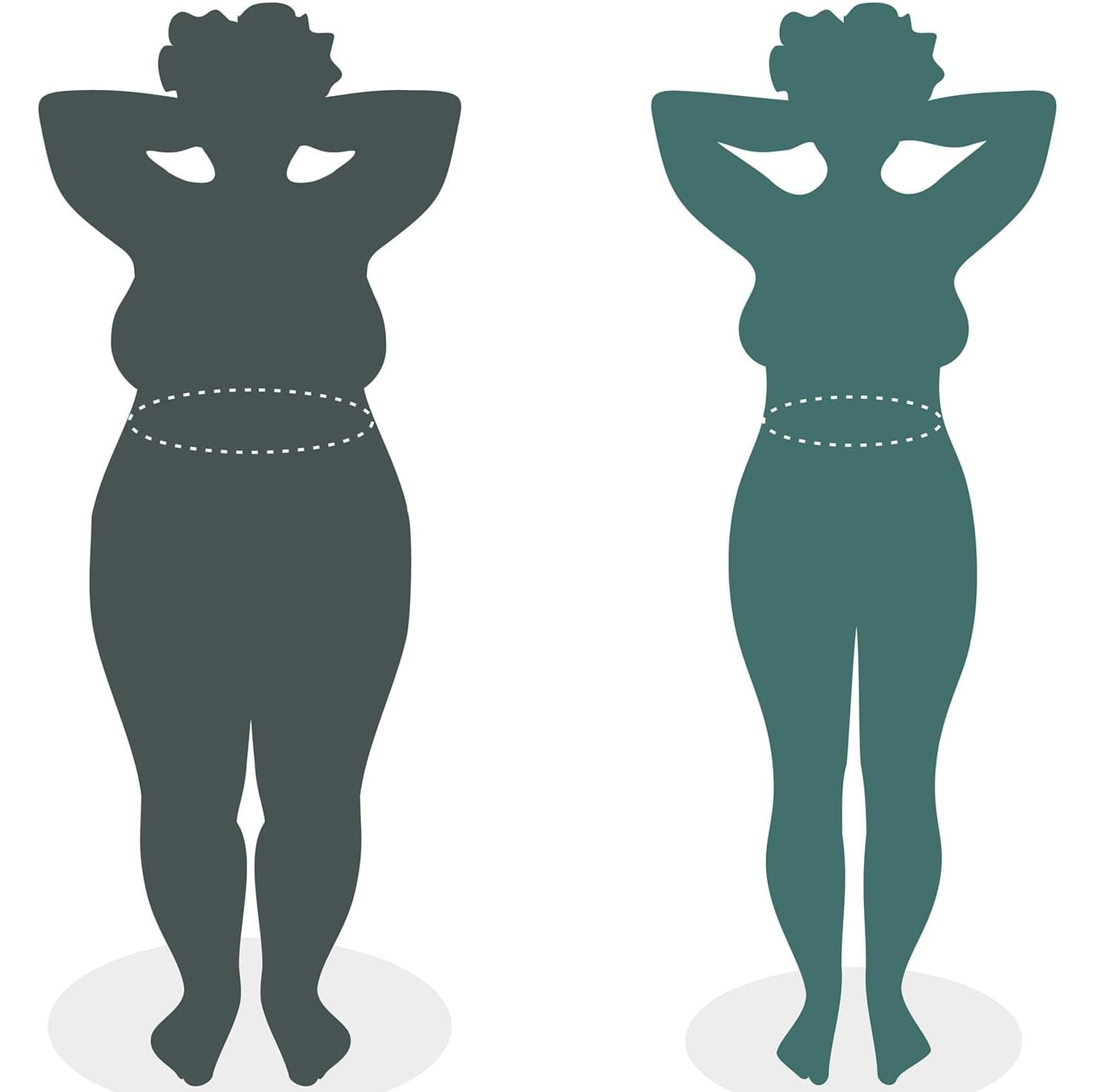

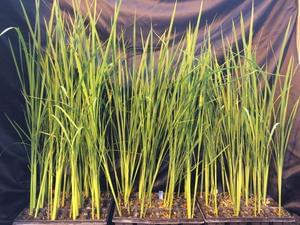
The future of sustained space habitation depends on our ability to grow fresh food away from Earth. The revolutionary new collaborative Moon-Rice project is using cutting-edge experimental biology to create an ideal future food crop that can be grown in future deep-space outposts, as well as in extreme environments back on Earth.
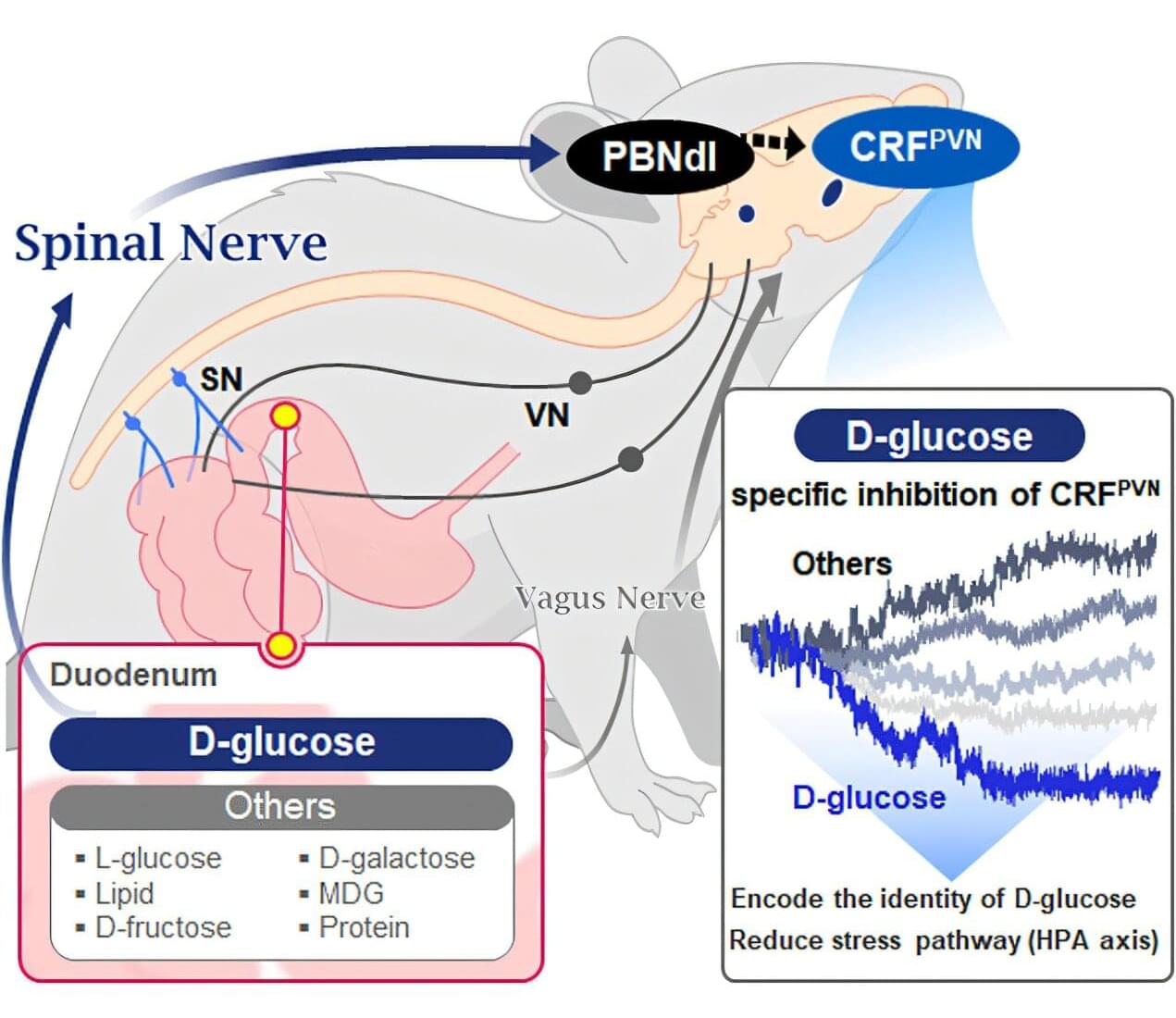
Starting with the question “How does our brain distinguish glucose from the many nutrients absorbed in the gut?” a KAIST research team has demonstrated that the brain can selectively recognize specific nutrients—particularly glucose—beyond simply detecting total calorie content. Their study, published in Neuron, is expected to offer a new paradigm for appetite control and the treatment of metabolic diseases.
Professor Greg S.B. Suh’s team in the Department of Biological Sciences, in collaboration with Professor Young-Gyun Park’s team (BarNeuro), Professor Seung-Hee Lee’s team (Department of Biological Sciences), and the Albert Einstein College of Medicine in New York, have identified the existence of a gut– brain circuit that allows animals in a hungry state to selectively detect and prefer glucose in the gut.
Organisms derive energy from various nutrients, including sugars, proteins, and fats. Previous studies have shown that total caloric information in the gut suppresses hunger neurons in the hypothalamus to regulate appetite. However, the existence of a gut–brain circuit that specifically responds to glucose and corresponding brain cells had not been demonstrated until now.
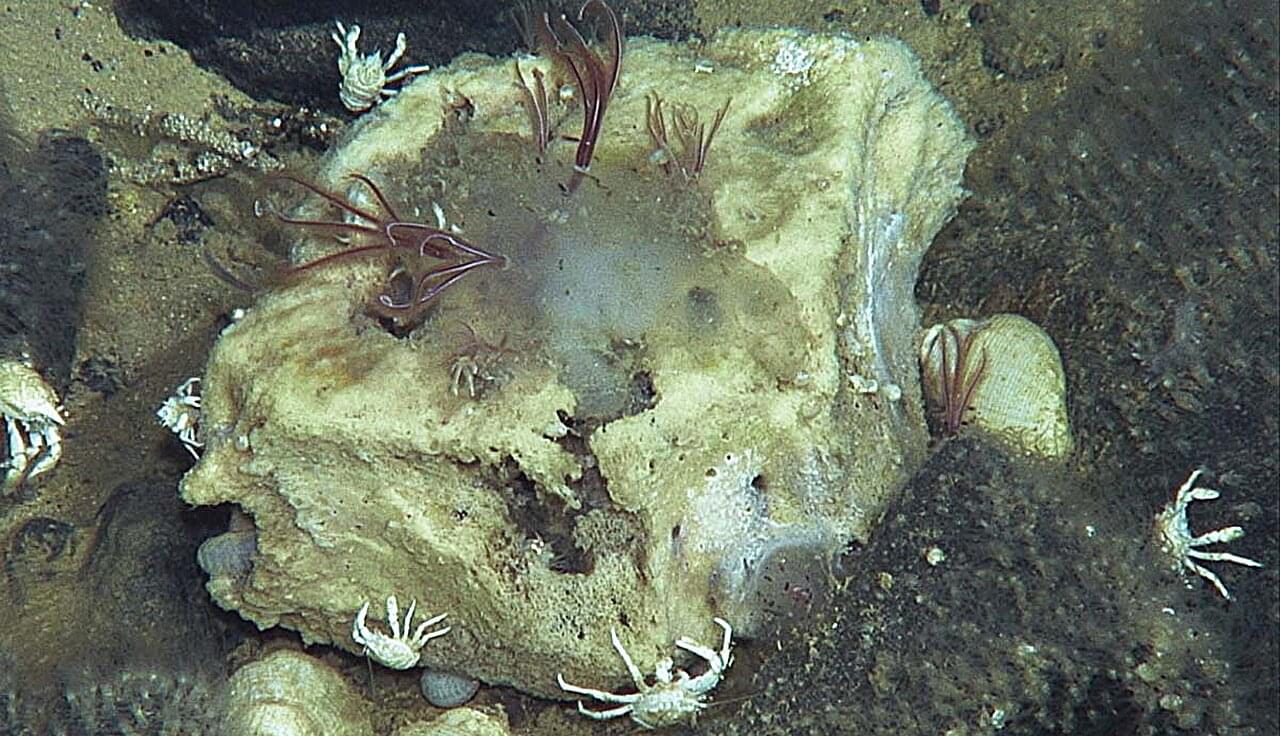

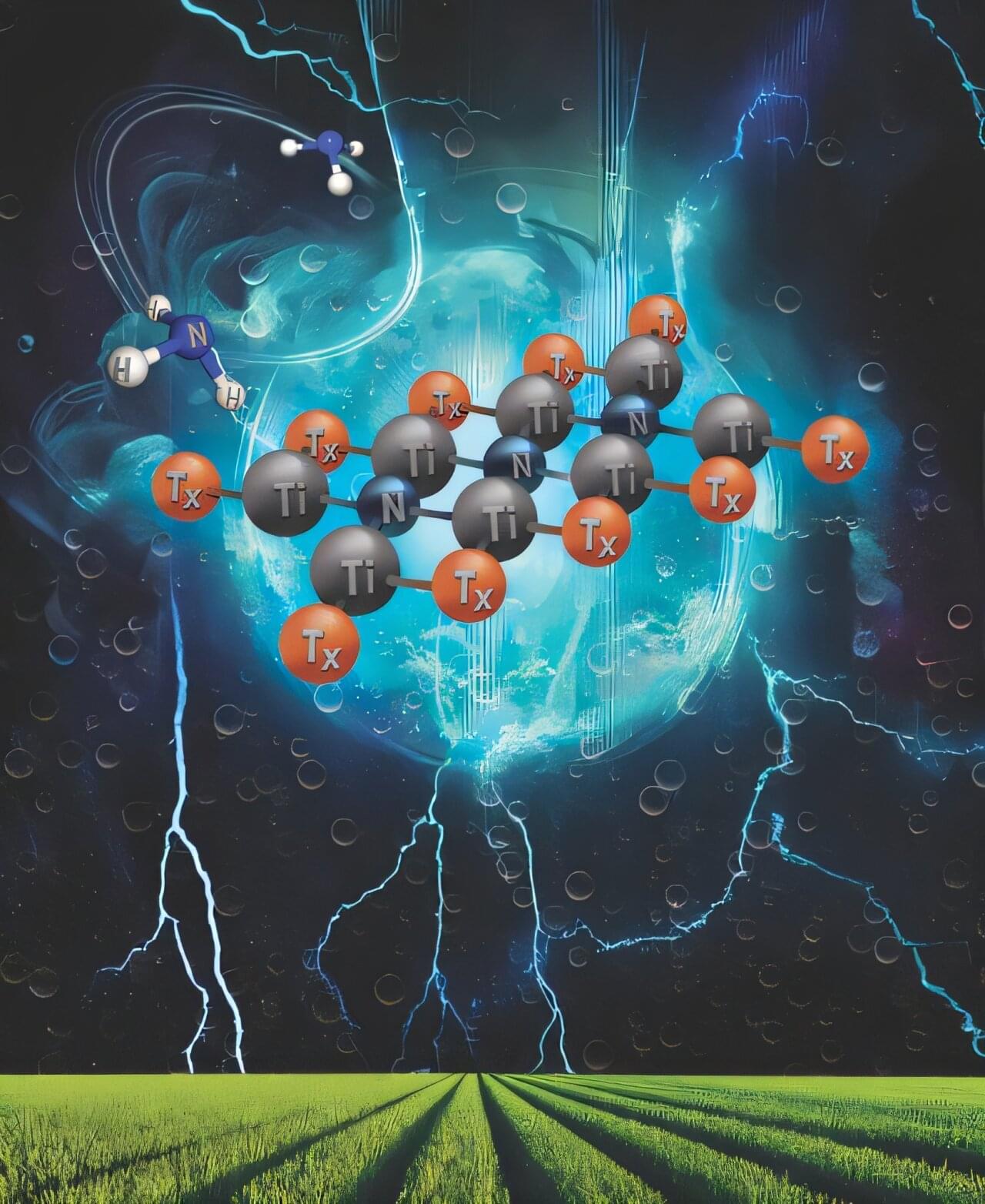
In a hunt for more sustainable technologies, researchers are looking further into enabling two-dimensional materials in renewable energy that could lead to sustainable production of chemicals such as ammonia, which is used in fertilizer.
This next generation of low-dimensional materials, called MXenes, catalyzes the production of air into ammonia for foods and transportation for high-efficiency energy fertilizers.
MXenes has a wide range of possibilities that allow for highly flexible chemical compositions, offering significant control over their properties.

More than 2 billion people worldwide lack access to clean drinking water, with global warming and competing demands from farms and industry expected to worsen shortages. But the skies may soon provide relief, not in the form of rain but humidity, sucked out of the air by “atmospheric water harvesters.” The devices have existed for decades but typically are too expensive, energy-hungry, or unproductive to be practical.
Now, however, two classes of materials called hydrogels and metal-organic frameworks have touched off what Evelyn Wang, a mechanical engineer at the Massachusetts Institute of Technology (MIT), calls “an explosion of efforts related to atmospheric water harvesting.”
So far, none of the devices can compete with established approaches to augment water supplies, such as desalinating seawater. But some applications—cooling data centers and slaking the thirst of soldiers on the move—could support higher costs until the technology scales up, says Samer Taha, CEO of Atoco, a California-based startup. “There are many applications where atmospheric water harvesting can help.”
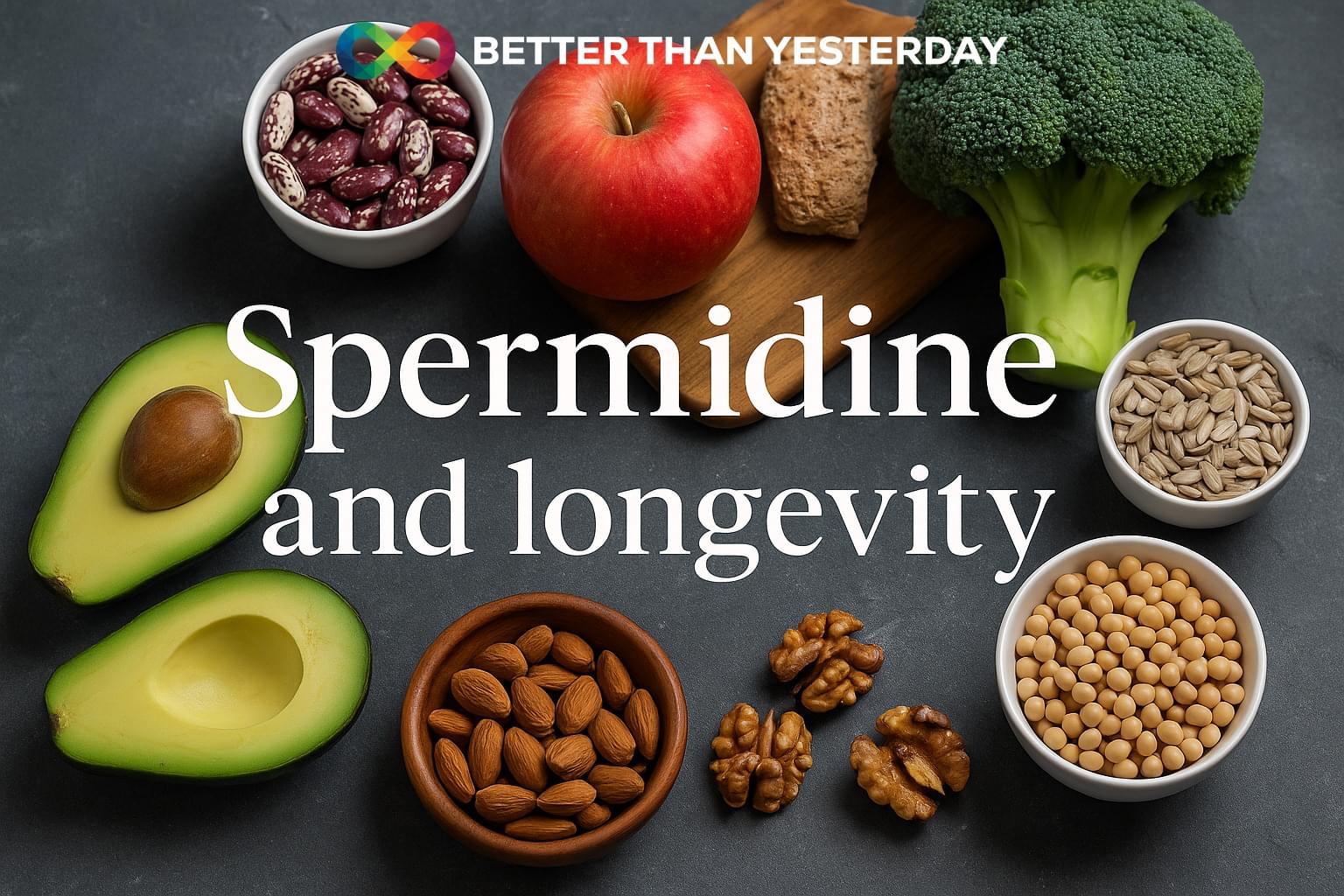
A new sensing system called SonicBoom could help agricultural robots navigate cluttered environments where visual sensors struggle.
Developed by researchers at Carnegie Mellon University, SonicBoom uses tiny contact microphones to sense sound and localize objects that a robotic arm touches.
Interestingly, these robots could help farmers harvest crops even in increasingly challenging conditions, such as rising temperatures.
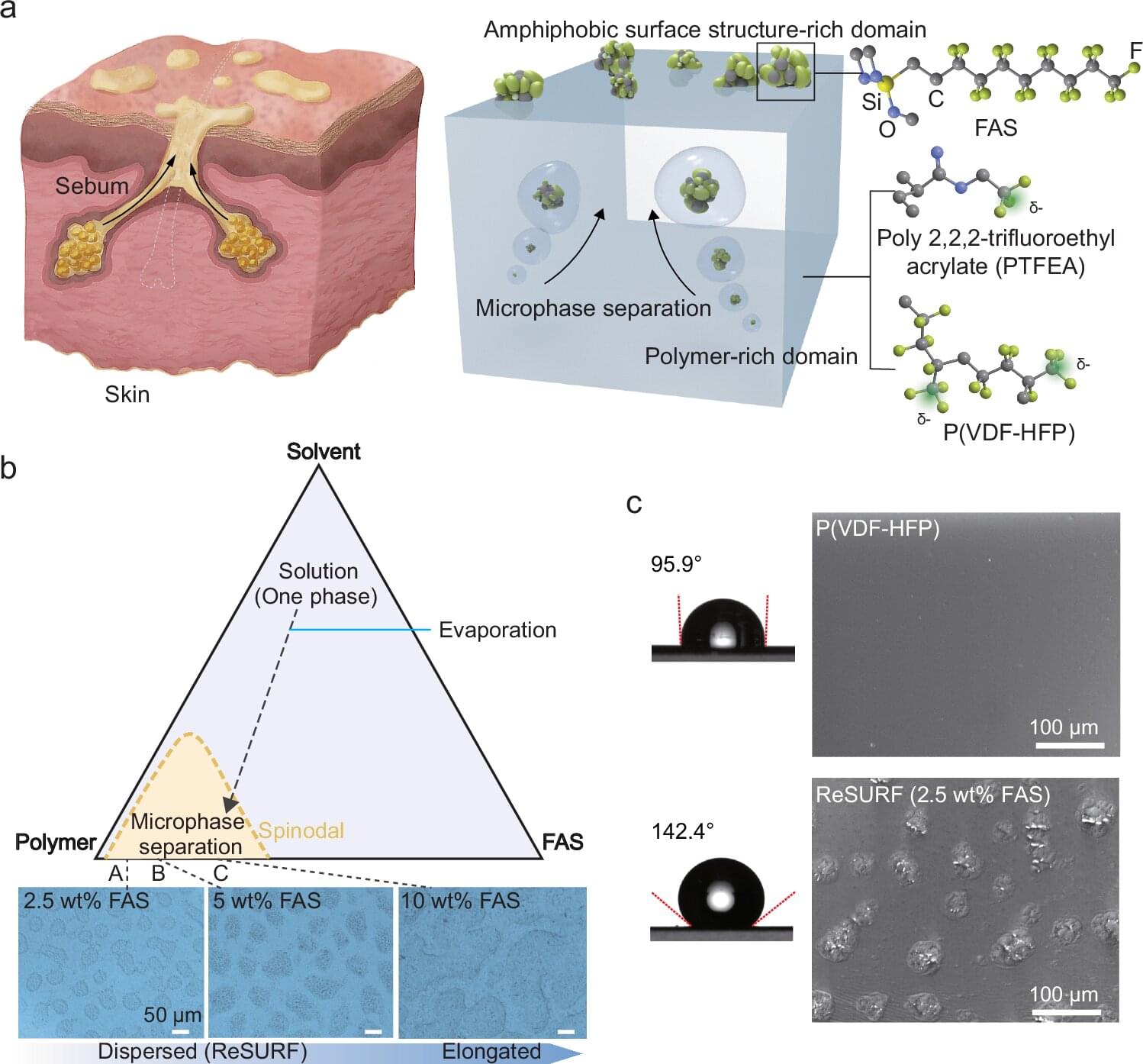
Clean, safe water is vital for human health and well-being. It also plays a critical role in our food security, supports high-tech industries, and enables sustainable urbanization. However, detecting contamination quickly and accurately remains a major challenge in many parts of the world.
A new device developed by researchers at the National University of Singapore (NUS) has the potential to significantly advance water quality monitoring and management.
Taking inspiration from the biological function of the oily protective layer found on human skin, a team of researchers led by Associate Professor Benjamin Tee from the Department of Materials Science and Engineering in the College of Design and Engineering at NUS translated this concept into a versatile material, named ReSURF, capable of spontaneously forming a water-repellent interface.